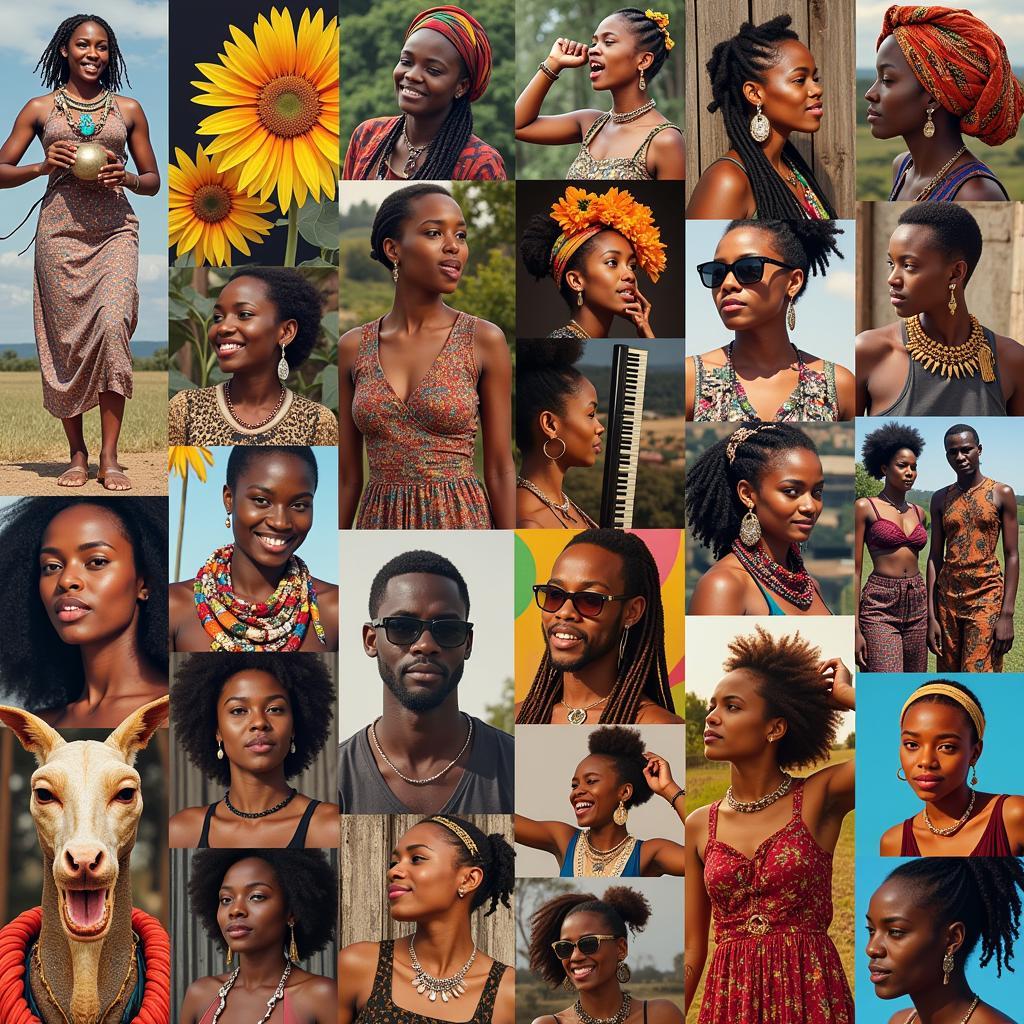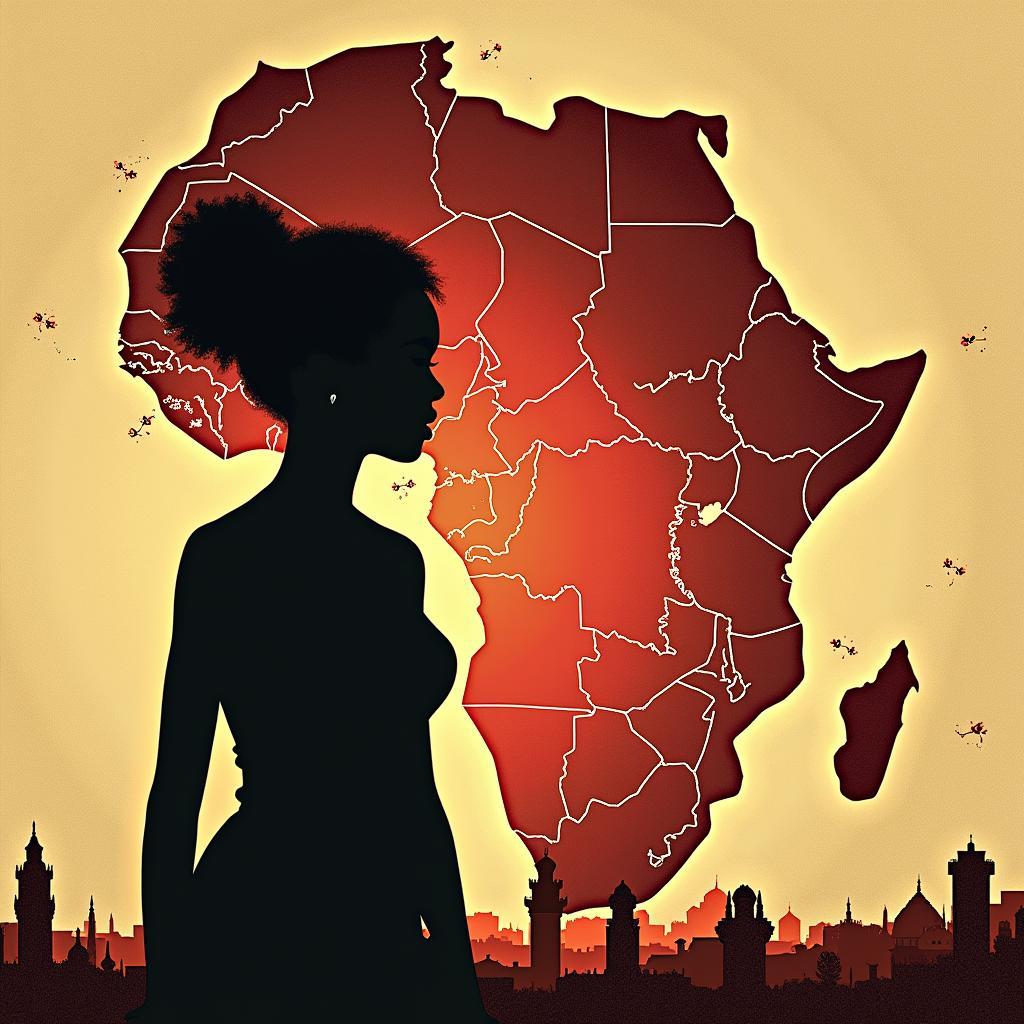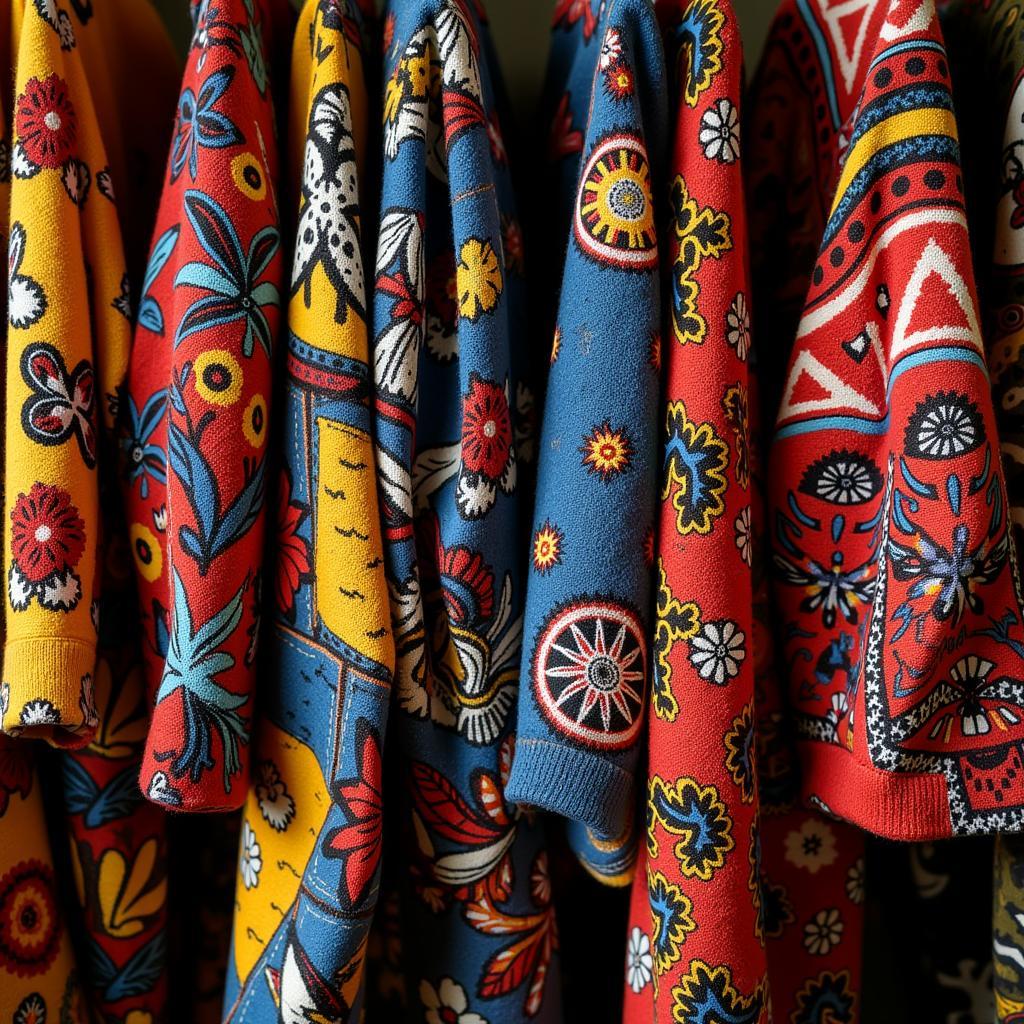The Enduring Beauty and Significance of African Hair Beads
African Hair Beads, tiny masterpieces of artistry and cultural heritage, have adorned hairstyles across the continent for centuries. More than mere decorations, these beads are intricate threads woven into the tapestry of African identity, reflecting social status, spiritual beliefs, and personal expression.
A Journey Through Time: The History of African Hair Beads
Archaeological evidence suggests that the use of hair beads in Africa dates back to ancient civilizations. Discoveries in Egypt, for instance, have unearthed intricate beadwork in tombs dating back to 10,000 BC. Early beads were crafted from natural materials like bone, shells, clay, and wood, demonstrating a deep connection to the earth and its resources. As trade routes flourished, materials like glass, copper, and brass made their way into Africa, influencing bead designs and craftsmanship.
More Than Meets the Eye: Symbolism and Significance
In many African cultures, hair beads are far more than just decorative elements. They are powerful symbols imbued with deep cultural and societal meaning. The size, color, material, and arrangement of beads can communicate a myriad of messages:
- Social Standing: Elaborate hairstyles adorned with precious materials often denote wealth, prestige, and social hierarchy. For example, among the Yoruba people of Nigeria, certain bead arrangements are reserved for royalty and chiefs.
- Marital Status: In some cultures, specific bead colors and patterns signify a woman’s availability for marriage or her role within a family.
- Spiritual Beliefs: Beads can serve as talismans, warding off evil spirits or attracting good fortune. For instance, the Zulu people believe that white beads symbolize purity and ancestral protection.
- Age and Life Stage: Different bead styles and arrangements may mark significant transitions in a person’s life, such as coming-of-age ceremonies or the birth of a child.
A Tapestry of Styles: Regional Variations in African Hair Beads
Just as languages and traditions vary across Africa, so too do the styles and significance of hair beads.
- West Africa: The region is renowned for its vibrant beadwork traditions. In Ghana, the Krobo people are known for their intricate bead-making techniques, crafting exquisite glass beads in a kaleidoscope of colors and patterns.
- East Africa: The Maasai people of Kenya and Tanzania are famed for their elaborate beadwork, often incorporating geometric designs and bold colors. They use beads to create stunning collars, headbands, and adornments for hair braids.
- Southern Africa: The Zulu people of South Africa have a rich tradition of beadwork, using beads to create intricate patterns on clothing, accessories, and hairstyles. Their beadwork often features geometric designs and symbolic colors.
African Hair Beads in the Modern World: A Legacy of Beauty and Pride
Today, African hair beads continue to be a source of pride and cultural identity. While traditional styles and symbolism endure, contemporary artists and designers are reinterpreting hair beads in innovative ways, blending ancient techniques with modern aesthetics. From runways to everyday life, African hair beads continue to captivate with their beauty, diversity, and enduring cultural significance.
FAQs: Unraveling the Mysteries of African Hair Beads
1. What are African hair beads made of?
African hair beads are crafted from a variety of materials, both traditional and modern. These include:
- Natural Materials: Bone, wood, seeds, shells, clay, feathers, and animal teeth.
- Metals: Gold, silver, copper, brass, and iron.
- Glass: Recycled glass, trade beads, and contemporary glass beads.
- Modern Materials: Plastic, acrylic, and resin.
2. How are African hair beads incorporated into hairstyles?
African hair beads are incorporated into hairstyles in countless ways, reflecting regional styles and individual creativity. Some common methods include:
- Braiding: Beads are threaded onto braids of various sizes, creating intricate patterns and visual interest.
- Threading: Beads are strung together and then sewn directly onto hair, often used to adorn elaborate updos.
- Wire Wrapping: Beads are individually wrapped with wire and then attached to hair, allowing for unique and intricate designs.
3. Where can I purchase authentic African hair beads?
Authentic African hair beads can be purchased from a variety of sources, including:
- Fair Trade Organizations: Supporting fair trade practices ensures that artisans receive fair wages and that traditional techniques are preserved.
- African Markets: Visiting local markets in African countries provides an opportunity to experience the vibrancy of African beadwork firsthand.
- Online Retailers: Numerous online retailers specialize in African crafts and jewelry, offering a wide selection of hair beads.
Looking Deeper: Explore More About African Culture
For a deeper dive into the captivating world of African culture, explore these related articles:
- African hair beads and shells
- African culture fun facts
- African hairstyjes
- African hairstyles 2016
- African culture hairstyles
Need assistance? Contact us at +255768904061, kaka.mag@gmail.com, or visit us in Mbarali DC Mawindi, Kangaga, Tanzania. Our dedicated customer service team is available 24/7 to assist you.



